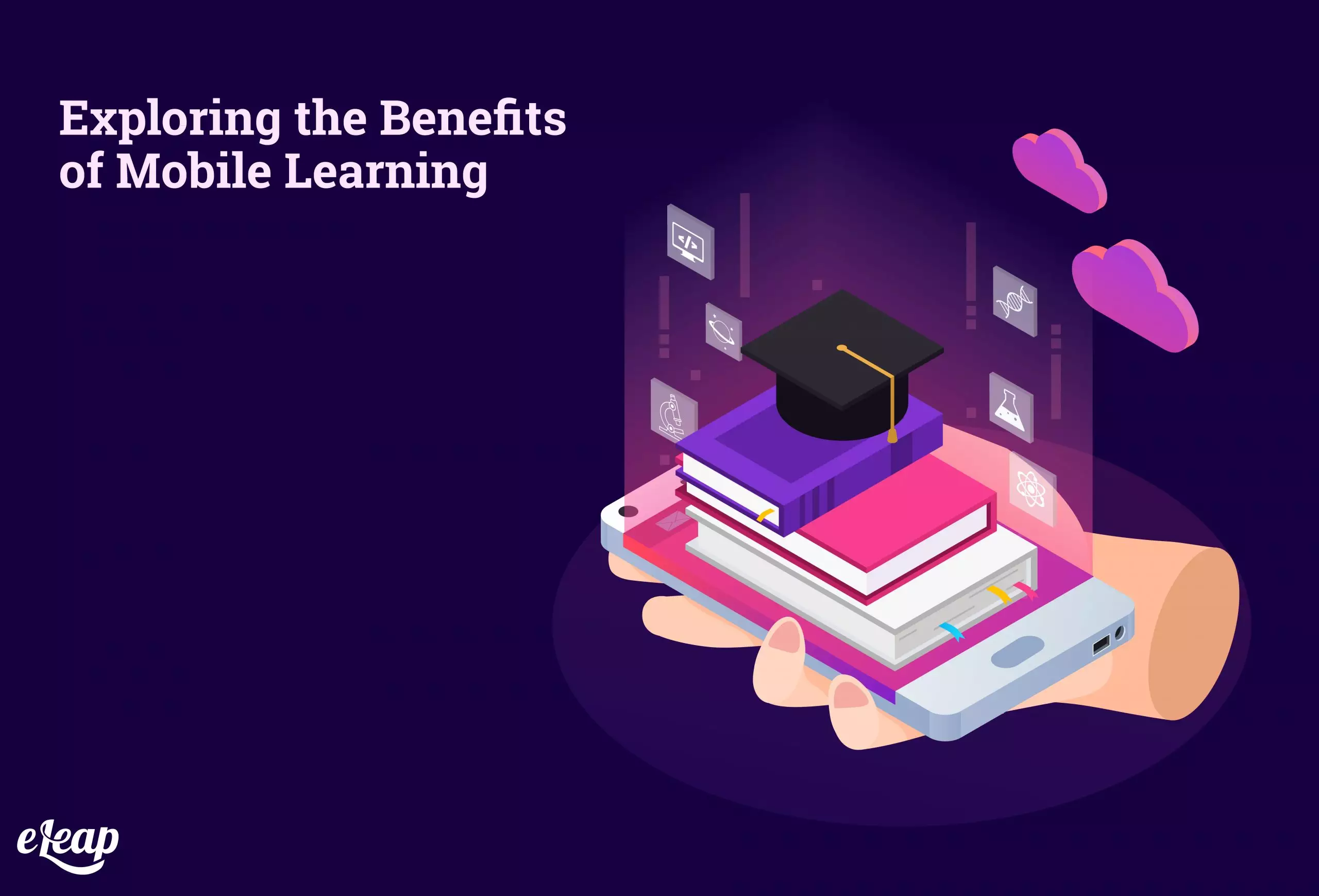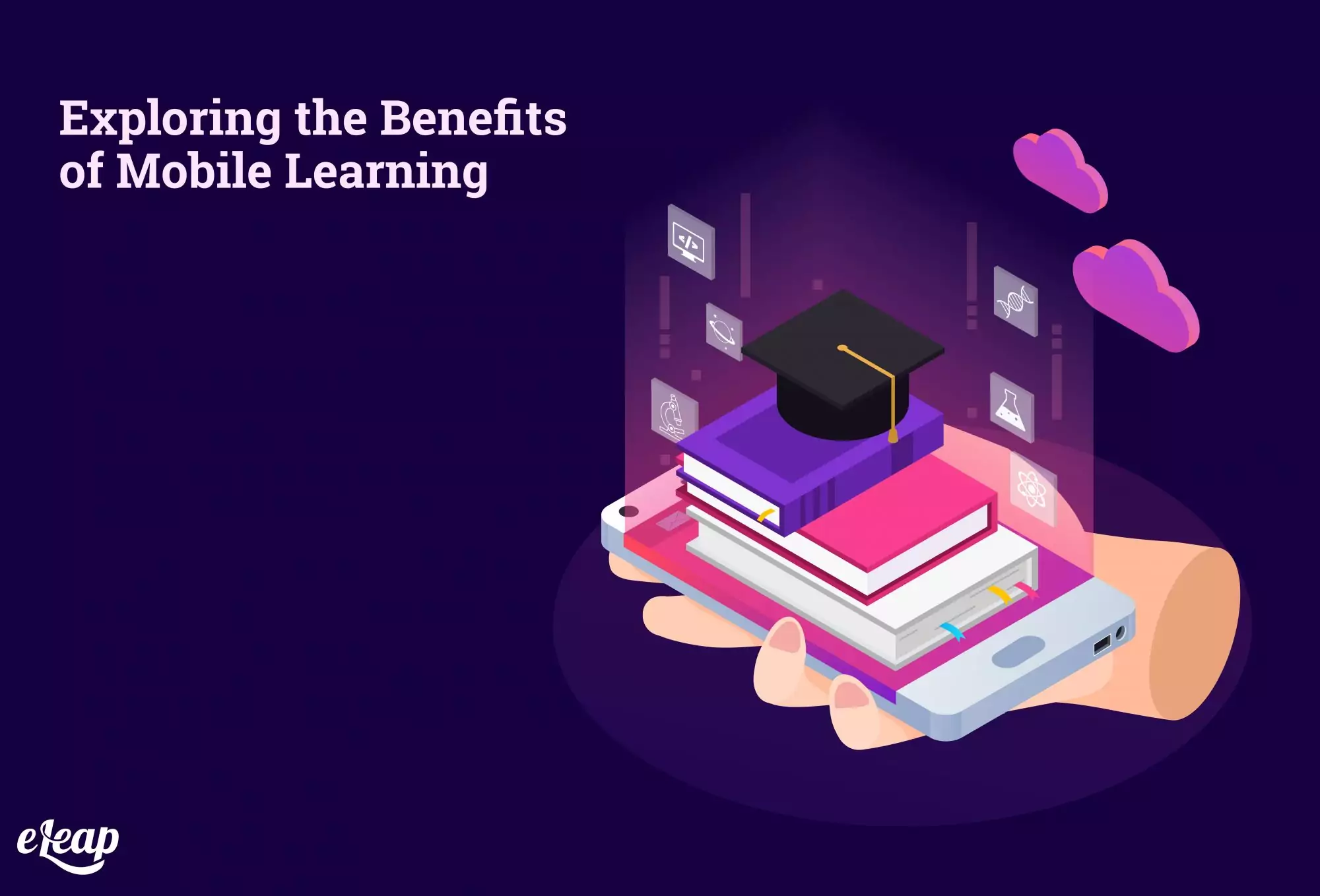Exploring the Benefits of Mobile Learning

When you think about an in-house learning management system, what comes to mind? For many, it is a drawn out mundane process with employees having to complete on-going compliance-related training, or professional development training. Another perspective as far as HR or management, it is a dreadful anticipation of being overworked trying to assign and track everyone’s training, while also needing to complete other tasks.
It’s a sad but true picture for many businesses and organizations today. However, it doesn’t have to be that way. Mobile learning provides a more efficient and innovative way to keep your employees engaged, making learning fun, while also making your life easier. Let’s take a closer look at the benefits of mobile learning.

Mobility…
With mobile learning, your organizations learning and training needs can be assigned, completed, and tracked remotely. Saving time and money. As long as there is internet connection and a computer, completing training is quite simple. This includes:
- During downtime at home
- While commuting to and from work
- While traveling for work
It’s all about integrating learning that is flexible, rather than being fixed. Making it more workable for everyone, enhancing overall performance.
New Content Types
In the past, learning was focused on big blocks of text followed by multiple-choice quizzes. While it might have conveyed the meaning of the training, it certainly wasn’t all that engaging. Mobile learning breaks the mold here. With new types of content, different learning styles and preferences are accommodated. Learners are more engaged, and they’re able to fit their training into different parts of their lifestyle better.
For instance, your learners can listen to and absorb a podcast-style lesson while riding the bus home from work, or they can watch a video while they’re winding down for the evening at home. Video, games, and multimedia/interactive content make learning resonate with your learners and ensures they’re better able to absorb and retain it.
Microlearning
Not familiar with the term “microlearning”? Don’t worry. Many people aren’t. It’s not a difficult concept to be able to understand.
In essence, microlearning is nothing more than brief learning moments. Rather than sitting in front of a computer for an hour straight, that 60 minutes of training is broken up into smaller segments – say five or 10 minutes. These mini-lessons break topics up into bite-sized chunks, allowing employees to digest and absorb them more easily. Microlearning also plays well with alternative content types, such as videos and games, engaging learners in different ways.
Accommodating Different Learners
It’s tempting to think that because we’re all human beings, we all learn in the same way. However, that is not true. There can be massive differences in how two very similar people learn and retain information. For instance, some people are visual learners, while others are auditory learners. Yet others learn best by doing – experiential learners. With mobile learning and multiple types of content, you’re able to bridge the gap and help ensure that everyone in the organization has access to the right kind of material for their needs.
The Generation Gap
Today, there are at least three, possibly four generations in the workplace. There are Baby Boomers who are slowly moving into retirement. Then we’ve got Gen X. Millennials who are now in their 20s and 30s and make up the fastest-growing segment of the workforce. While some older members of Gen Z are also working.
All of these generations have different needs when it comes to technology. Mobile learning helps you address the needs of a large segment by allowing them to complete training on the devices they’re most familiar with – smartphones and tablets. Older learners who may be less comfortable with mobile technology can still complete their modules on a PC.
Personalization
Today, there are few places that a one-size-fits-all mentality works. Learning management is no exception. You cannot expect your employees to excel in an environment that doesn’t reflect them. However, with mobile learning, you can create the personalized experience that learners need to be engaged and to remain active.
Most LMSs that offer mobile learning provide a central dashboard. This is where your employees log in, check their progress, and more. The sky’s the limit when it comes to the personalization that you build in here. It could be nothing more than allowing them to see what modules have been completed and which ones remain. However, it could include things like scoreboards/leaderboards, progress bars, graphics, and images that reflect performance on specific modules, and more.
Collaboration and Communication
In years past, learners sat at separate PCs, headphones on and eyes glued to the screen. There was no collaboration and no communication. Today, that’s not the case. Mobile learning provides the means to create collaborative learning environments where employees can help one another. Think of forums and message boards, chat programs, and mobile mentoring programs.
Cost-Effective
Finally, you’ll find that mobile learning can be surprisingly cost-effective for your organization. Whether you’re building a brand, new learning management system, or looking for a way to leverage your existing content into a new format, mobile learning can offer an effective, affordable way to increase engagement and improve knowledge retention.
In Conclusion
Mobile learning is a powerful tool that enables you (and your employees) to achieve many critical benefits. While it will likely never replace PC-based learning, mobile modules can deliver critical benefits, including improved engagement, better knowledge retention, the ability to learn when it fits their lifestyles, and so much more. Of course, the key to enjoying those benefits is the right learning management system.